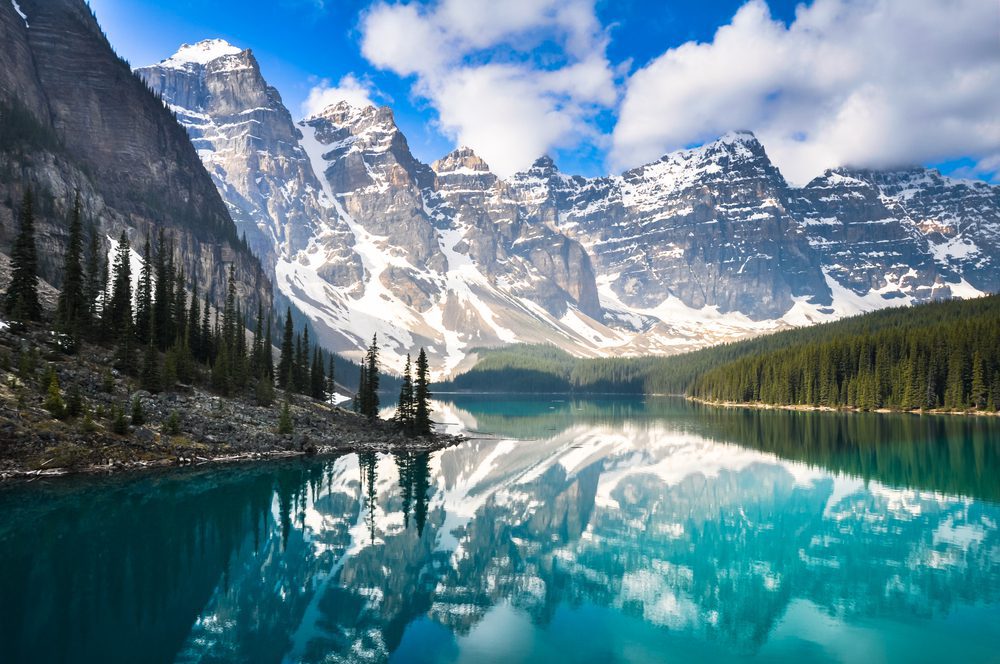Exploring China’s Enchanting Treasures
Amber Takahashi ventures deep into China, capturing a country rich in contrasts—where ancient dynasties meet modern skylines, and sacred temples rise beside neon-lit streets. Her visual journey spans imperial palaces, misty river valleys, and towering stone forests. This curated guide highlights 10 of China’s most iconic and breathtaking destinations that promise awe, reflection, and discovery.
1. The Great Wall of China
Spanning more than 13,000 miles, the Great Wall is a symbol of perseverance and strategic brilliance. Its watchtowers, winding stone paths, and mountainous vistas invite travelers to step into history. Popular sections like Badaling are well-restored, while Simatai and Jiankou offer rugged solitude for intrepid hikers.
Walk Among the Ancients
Each stone tells a story of dynasties past. Trekking along the Wall immerses visitors in the vastness of northern China’s geography and history. The views from Mutianyu during early morning fog are unforgettable.
2. The Terracotta Army
Buried beneath Xi’an lies a subterranean army of life-sized clay warriors, horses, and chariots, silently guarding the tomb of China’s first emperor, Qin Shi Huang. No two soldiers are the same, a tribute to the artisans who sculpted them over 2,000 years ago.
A Portal to the Qin Dynasty
Discovered in 1974, this site gives tangible form to ancient Chinese beliefs in the afterlife and military might. The detail in each warrior’s face and armor underscores the immense scale of this funerary project.
3. The Forbidden City
In the heart of Beijing, the Forbidden City served as home to emperors and the political center of imperial China for nearly 500 years. With more than 900 buildings and endless courtyards, it’s a vast museum of Ming and Qing Dynasty life.
Behind the Vermillion Walls
Wander through throne rooms, ceremonial halls, and hidden gardens. The Palace Museum now preserves priceless artifacts—from imperial robes to bronze age relics—revealing the artistry and authority of dynastic rule.
4. The Yangtze River
China’s longest river winds through dramatic gorges, ancient villages, and vibrant cities. A cruise through the Three Gorges—Qutang, Wu, and Xiling—offers panoramic views and access to sites like Fengdu Ghost City and Shibaozhai Pagoda.
Flowing Through Time
With every bend, the Yangtze tells stories of trade, myth, and transformation. Mist blankets the cliffs in early morning, giving the river an almost spiritual serenity.
5. Zhangjiajie National Forest Park
Inspiration for the floating mountains in the film *Avatar*, this UNESCO-listed park is famed for its vertical stone pillars, forested ridges, and glass skywalks that hover above dizzying drops.
A Landscape Like No Other
Explore the Bailong Elevator—the world’s highest outdoor lift—or cross the Zhangjiajie Glass Bridge, suspended between two peaks. The area’s biodiversity and geology make it a favorite among hikers and photographers.
6. The Classical Gardens of Suzhou
Delicate footbridges, koi-filled ponds, rockeries, and pavilions define the famed gardens of Suzhou. These classical designs reflect a philosophy of balance and serenity rooted in ancient Chinese aesthetics.
Elegance in Design
The Humble Administrator’s Garden and Lingering Garden are the most well-known, but even the smaller residential gardens tell stories of poetry, introspection, and scholarly life. Suzhou’s old canals further enhance the tranquil atmosphere.
7. The Potala Palace
Perched in Lhasa, Tibet, the Potala Palace stands as a spiritual stronghold and architectural wonder. Once the residence of the Dalai Lama, it remains one of the most sacred destinations for Tibetan Buddhists.
Sacred Ascent
Climbing its 13 stories, visitors pass through golden-roofed chapels, mural-lined corridors, and vast halls adorned with relics and offerings. The view from the top overlooks a sprawling city framed by snow-capped peaks.
8. The Li River
Flowing from Guilin to Yangshuo, the Li River winds through karst mountains and bamboo groves, its reflections creating a mirror-like dreamscape revered in Chinese painting and poetry.
Timeless Waters
Hop on a bamboo raft or riverboat to enjoy one of the most scenic routes in China. Along the way, stop at villages where fishermen still use trained cormorants to catch fish—an age-old practice surviving in modern times.
9. The Silk Road
This ancient trade network stitched together East and West, spreading goods, ideas, and cultures. Modern travelers can trace its legacy through the deserts of Gansu and Xinjiang provinces, where caravanserais, Buddhist caves, and bazaars still echo its golden age.
Stories in the Sand
In Dunhuang, the Mogao Caves shelter thousands of Buddhist frescoes. In Kashgar, the Id Kah Mosque and Sunday Bazaar hum with Central Asian flavor. The Silk Road is a journey through the meeting point of civilizations.
10. Shanghai’s Skyline
A symbol of China’s leap into the future, Shanghai blends Art Deco architecture on the Bund with the soaring towers of Pudong. It’s where traditional tea houses and avant-garde art spaces share the same block.
Urban Contrasts
Visit the Shanghai Museum, stroll through the French Concession, or ride the high-speed Maglev train. For a more peaceful moment, Yuyuan Garden offers Ming-style tranquility in the heart of a megacity.
Final Reflections
From the sacred halls of the Forbidden City to the surreal heights of Zhangjiajie, China invites travelers to explore its layered past and dynamic present. For those seeking more unexpected beauty across Asia, consider reading about a creative day in Reykjavik, a destination equally rich in inspiration and wonder.


